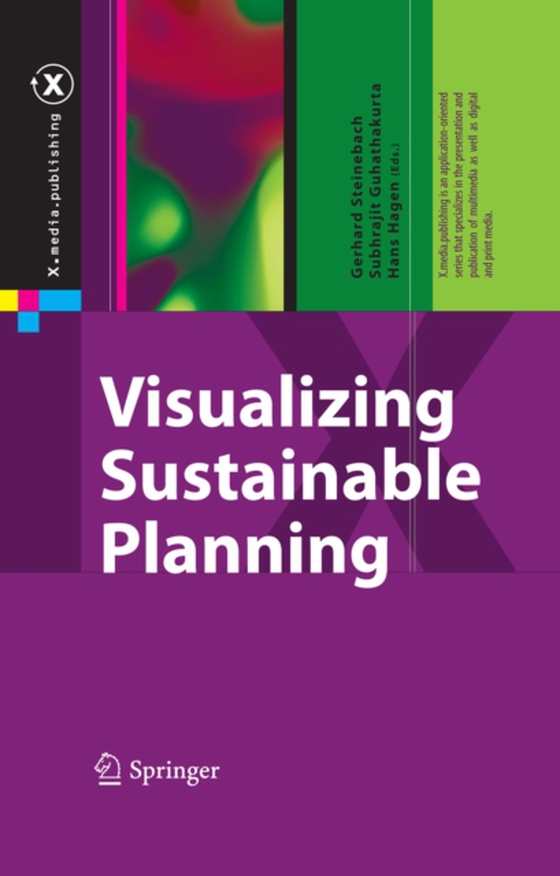
Visualizing Sustainable Planning e-bog
875,33 DKK
(inkl. moms 1094,16 DKK)
we are a part of, the current discussions of global recession in the media alerts us to the occasional perils of the globalized economic system. The globally dispersed, intricately integrated, and hyper-complex socio-economic-ecological system is d- ficult to analyze, comprehend and communicate without effective visualization tools. Given that planners are at the frontlines in the effort to pre...
E-bog
875,33 DKK
Forlag
Springer
Udgivet
17 juni 2009
Genrer
Design, Industrial and commercial arts, illustration
Sprog
English
Format
pdf
Beskyttelse
LCP
ISBN
9783540882039
we are a part of, the current discussions of global recession in the media alerts us to the occasional perils of the globalized economic system. The globally dispersed, intricately integrated, and hyper-complex socio-economic-ecological system is d- ficult to analyze, comprehend and communicate without effective visualization tools. Given that planners are at the frontlines in the effort to prepare as well as build res- ience in the impacted communities, appropriate visualization tools are indispensable for effective planning. Second, planners have largely been slow to incorporate the advances in visuali- tion research emerging from other domains of inquiry. The research on visualizing 3-dimensional environments have now entered the mainstream of computer science with a number of highly cited articles. Other disciplines, such as graphic design, geography and cartography have also lead in the development of new forms of vi- alization and communication, both conceptually and technologically. In contrast, the literature on modeling and visualization in planning has relied heavily on g- graphic information systems (GIS) tools that continue to provide two-dimensional spatial maps in formats not significantly different from those of a decade ago. This is not to suggest that research on planning support systems and GIS have been stagnant. Integrated models of transportation-land use-environment have become more sophisticated and several operational models are currently in use. Regardless, visualization research in planning has not kept pace with these developments. This volume attempts to redress this gap in the planning literature.
 Dansk
Dansk

